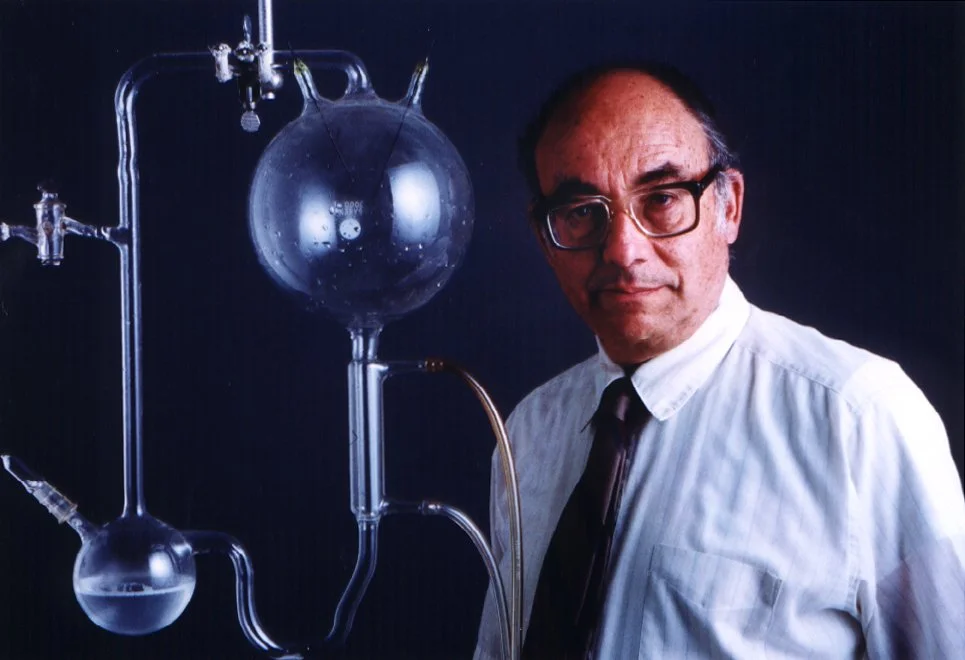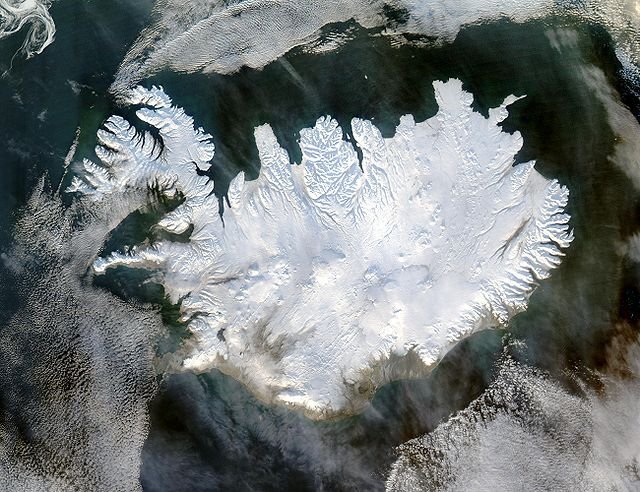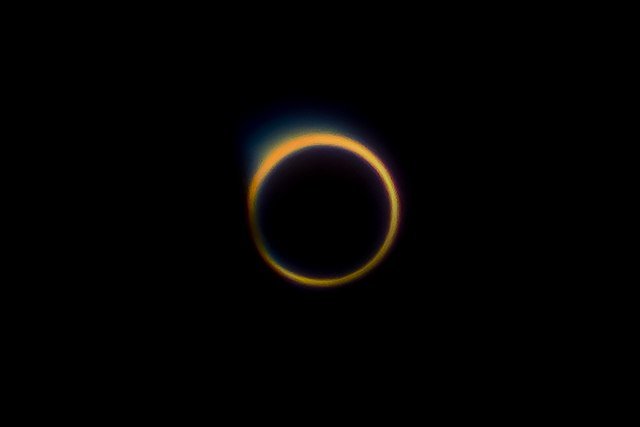Miniseries: The Oldest Rocks in Australia
Miniseries Episode 2
Australia is one of the top destinations for people who love the ancient Earth. Today, we take a brief tour around the three oldest regions in Australia: the Yilgarn Craton near Perth, the Pilbara Craton near Port Hedland, and the Gawler Craton near Adelaide. On the way, we'll meet the oldest minerals, the oldest fossils, and learn the connection between ancient bacteria and modern steel.
Miniseries: The Oldest Rocks in Africa
Miniseries Episode 3
Africa is a continent with many different nations and rocks. Today, we learn how most of Africa was fused together billions of years ago, and which pockets preserve the best evidence for ancient life (South Africa, Zimbabwe). Along the way, we'll meet the richest human in history, a giant knife made from magma, and a two-billion-year family reunion.
Miniseries: The Oldest Rocks in South America
Miniseries Episode 4:
South America has impressive geology, but most of its' ancient rocks are found in just once country. Today, we'll learn about ancient connections between Brazil and Africa, how Pangaea split apart, and how most iron mines got their start.
Miniseries: The Oldest Rocks in Asia
Miniseries Episode 5:
Asia is the largest continent, and has a lot of ancient rocks to share with the world. Today, we learn how to map a hidden continent using magnets, how copper forms in undersea castles, and how the Himalayas were born.
Miniseries: The Oldest Rocks in Europe
Miniseries Episode 6:
Most of Europe is very young, geologically- only millions of years old instead of billions. Today, we travel to eastern and northern Europe to see how its' modern borders match ancient shorelines, how coal is made, and a special type of granite you can probably find in your nearest city.
Miniseries: The Oldest Rocks in North America
Miniseries Episode 7:
The oldest rocks on Earth are hidden deep in the Canadian North, 4 billion years old. For our final stop of our tour, we sneak a peek at these and other rocks we'll meet soon in the main series, including reefs made from bacteria and mysterious stones hidden beneath Greenland's glaciers.
17: The Building Blocks of Life
When did life begin on planet Earth?
That's a big question to tackle, one that will take a few episodes to answer. Today, we start this new arc by introducing three key ingredients of life: proteins, carbohydrates, and fats. These three molecules can be found in the food we eat, our own bodies, and as we'll see in future episodes, in the voids between stars.
Extra credit: Keep tabs on which foods you eat have more carbs, proteins, or fats. Make yourself a dish that has all three ingredients.
18: We Are Stardust
How were life’s ingredients assembled billions of years ago?
Today, we journey to the deepest reaches of space to take the first steps from non-living molecules towards life. On the way, we learn what it really means to be organic, how to break a rainbow, and what space smells like.
Extra credit: Separate light using a prism, or cook a steak.
19: The Hitchhiker’s Guide to the Galaxy
How did the ingredients of life arrive on Earth?
Today, we look at how asteroids brought organic material from the depths of space to Earth's surface. On the way, we'll run into an old friend from Episode 4, meet an ancient Greek astronomer, and search for aliens hidden in Antarctic ice.
Extra credit: Eat something with glutamic acid in it- meat, mushrooms, or soy sauce. Extra extra credit if you can have all three at once.
20: Primordial Soup
How did the Earth transform simple carbon into the complex ingredients of life?
Today, we'll meet a troubled Charles Darwin hunting for fossils, we'll create slime from thin air in one of the greatest laboratory experiments, and we'll learn what was in Earth's earliest atmosphere.
Extra Credit: Breathe in, breathe out, and have a sip of your favorite soup.
21: Cracking Life’s Code
When did DNA show up in Earth's past, and how does it actually work today?
In this episode, we brush up on biology, learning about DNA's hardworking but underrated sister RNA, how cells turn genetic code into meat, and inch closer to actual living things in the Hadean.
Extra Credit: Help someone make a tasty dish in the kitchen today, or thank someone you think doesn't get enough credit for their work.
22: Cell’s Kitchen
How and where did the first cells form on planet Earth, 4 billion years ago?
To answer that question, we investigate why oil and water hate each other, explore the seafloor with the Titanic's discoverer, and take a relaxing dip inside a hot spring.
Extra credit: drop some olive oil into water, or make a trip to the closest hot spring in your local area.
23: It’s Alive!
Season 1 Finale.
What was the first living thing on Earth, when did it live, and what did it do?
Today, we end Season 1 by meeting LUCA, the oldest ancestor for every living thing on Earth today. On the way, we'll tackle how complex life formed in a chaotic universe and why it hasn't formed again, take a trip down life's family tree, and meet a deadly modern microbe- one of the closest relatives of the oldest living thing.
Thank you all for listening to Season 1, and stay tuned for Season 2!
Extra Credit: Take a look at family photos, or check your canned foods for botulism.
Season 1 Recap: The Hadean
Get caught up to speed on Season 1, a time known as The Hadean.
The Hadean covers Earth's earliest days from 4.6 to 4 billion years ago, January 1 to Feb 14 on the Earth Calendar. This is a time of many firsts, including the formation of the Earth, Moon, oceans, islands, and perhaps life.
Check out previous episodes for more details, like the women who mapped the Earth's inner core (6) and seafloor (11), the largest object to strike our planet (8), and our earliest ancestor (23).
24: A New Dawn
Welcome to Season 2 of Bedrock!
This episode introduces Season 2's subject: the Eoarchean (ee-oh-ar-key-an) chapter of Earth's history. The Eoarchean lasted from 4 to 3.6 billion years ago, from February 15 to March 19 on the Earth Calendar. In future episodes, we'll meet Earth's oldest rocks, the Man in the Moon, and a faint young sun.
Since this is our first big chapter break, we'll also learn how and why geologists split time into these chapters, including one of Canada's greatest scientists: Sir William E Logan.
25: The Oldest Rock on Earth
How old is the oldest rock, where was it found, and what type of rock is it?
To answer that question, we'll journey into Canada's Northwest Territories, deep underground to the breaking point of rocks, and we'll run into a shrimpy friend from Episode 10.
26: The Magma Forge
What did the oldest rock look like 4 billion years ago, before it was pressure-cooked?
Today, we'll answer that question by melting chocolate chip ice cream, meeting one of granite's less famous cousins, and returning to our old friends: zircon crystals.
Extra credit: Eat some ice cream, go on a skiing trip, or both!
27: Rare Earth
Is there any place today that resembles the Earth 4 billion years ago?
Surprisingly, the answer is yes... ish. Today, we'll learn a secret recipe for continents, one that made the very oldest rocks on Earth and is still making the island of Iceland today.
Along the way, we'll freeze a magma chamber solid, meet some politically contentious metals, and cross a real bridge from one tectonic plate to another.
28: The Dark Side of the Sun
How has the Sun changed over the past 4 billion years?
While the Sun may seem unalterable, it has brightened dramatically over Earth's history, with major implications for our world. Today, we'll meet a team of women who catalogued thousands of stars in the 1800s, play in a galactic ball pit, and puzzle over a cosmic paradox alongside Carl Sagan.
Extra Credit: Watch Cosmos (1980)
29: The Goldilocks Planet
If the sun was dimmer 4 billion years ago, how did the Earth stay warm?
Today, we learn how just a small percent of Earth's atmosphere goes a long way in controlling global climate, both today and in the ancient past. Along the way, we'll visit an imaginary frozen Earth without any sun, a hazy giant moon of Saturn, and learn exactly what the greenhouse effect is.
Extra credit: Visit a greenhouse, or find a cleaning product with ammonia.



















